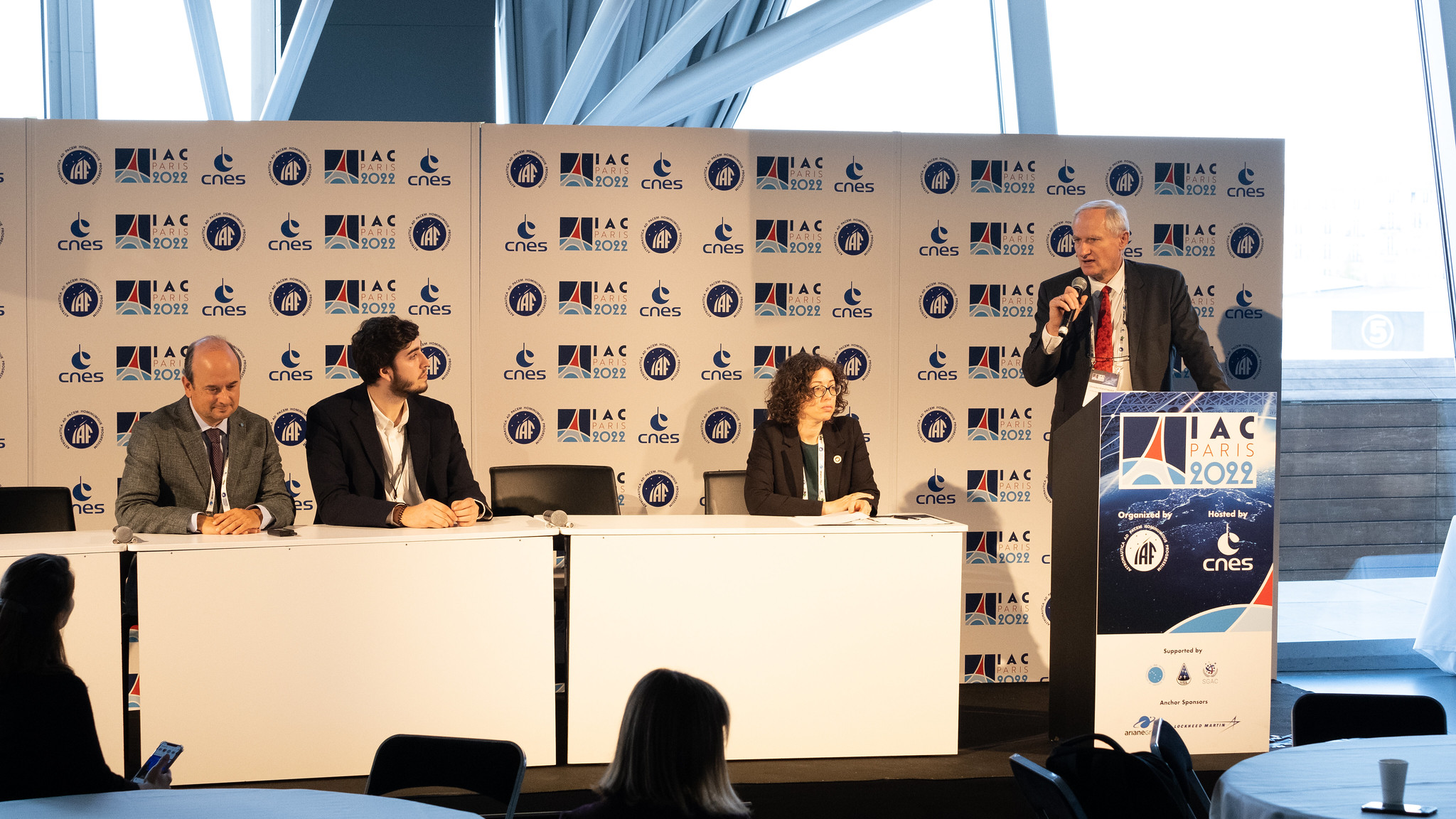IAF-CSA Space Universities CubeSat Challenge
Join the IAF-CSA Space Universities CubeSat Challenge and win a free launch of a CubeSat!
“CubeSat, a platform for new Technology Verification and International Cooperation!”
The International Astronautical Federation (IAF) and its Space University Administrative Committee (SUAC) in cooperation with the Chinese Society of Astronautics (CSA) and the Dalian University of Technology (DUT) have been pleased to hold an exclusive competition for a Free Launch of a CubeSat operated by the China Academy of Launch Vehicle Technology
By providing the opportunity of a free CubeSat Launch, IAF-CSA SUCC offered a platform for university students to present their creative ideas and gain attention internationally.
The design, development, and application of CubeSat is a systematic project, which integrates many research fields, such as mechanical and electrical engineering, telecommunications, electronics, control, materials etc. Its application covers industry, agriculture, environment, transportation and other fields.
With the theme "CubeSat, a platform for new technology verification and international cooperation" the IAF-CSA Space Universities CubeSat Challenge aimed at:
- fostering the innovative thinking of students around the world
- improving the ability of astronautics innovative scientific research, the ability to combine theory with practice, the ability to solve practical engineering problems
- contributing to the popularization of space knowledge and the support of innovative talents.
WINNERS ANNOUNCEMENT
UNIVERSITY OF VIGO AND THE DALIAN UNIVERSITY OF TECHNOLOGY WON A FREE A CUBESAT LAUNCH
The International Astronautical Federation (IAF) wrapped up the results of the IAF-CSA Space Universities CubeSat Challenge during a dedicated Press Conference held on 21 September 2022 on the occasion of the IAF Science and Academic Day during the International Astronautical Congress (IAC 2022) in Paris, France. Beyond expectations, the competition gathered an astonishing number of 77 applications. All the teams presented interesting and highly qualified projects, which made the selection process very tough for the Judging Committee.
The IAF-CSA Space Universities CubeSat Challenge has been won by the UVigo SpaceLab team from the University of Vigo, Spain and by the Dalian University of Technology, China! Their launch is scheduled for 2024 and it will be operated by the China Academy of Launch Vehicle Technology.

The BIXO CubeSat developed by the University of Vigo
The Bacteriological Intercommunication eXperiment Orbiter – BIXO is a Mission that aims to study the Quorum Sensing bacterial communication process in spaceflight conditions, and with exposures to higher radiation dosages than in Earth or shorter duration spaceflights. The goal of the mission is to decipher how bacteriological colonies will grow and interact in space conditions, in microgravity and with high radiation exposure. A series of samples will be studied on different periods of the experiment, helping the scientific community to better understand what may be necessary for the prevention of bacteriological diseases in the near-future crewed missions to the Moon and Mars.
The Deep Space Pathfinder developed by the Dalian University of Technology
The Deep Space Pathfinder mission uses the 12U lunar radiation exploration CubeSat as the main body to detect the moon's physical, chemical, and geological characteristics. The mission will carry out 200km orbital altitude lunar radiation exploration to supplement the understanding of lunar radiation distribution and lay the groundwork for subsequent lunar exploration missions. At the same time, the satellite will also carry hyperspectral cameras to image the lunar surface, especially the lunar south pole, to observe the landforms around lunar craters, detect lunar water ice, and provide a reference basis for lunar base location. The mission also will carry out the technical verification of GNSS navigation in deep space exploration, which provides the basis for spacecraft lunar exploration navigation.